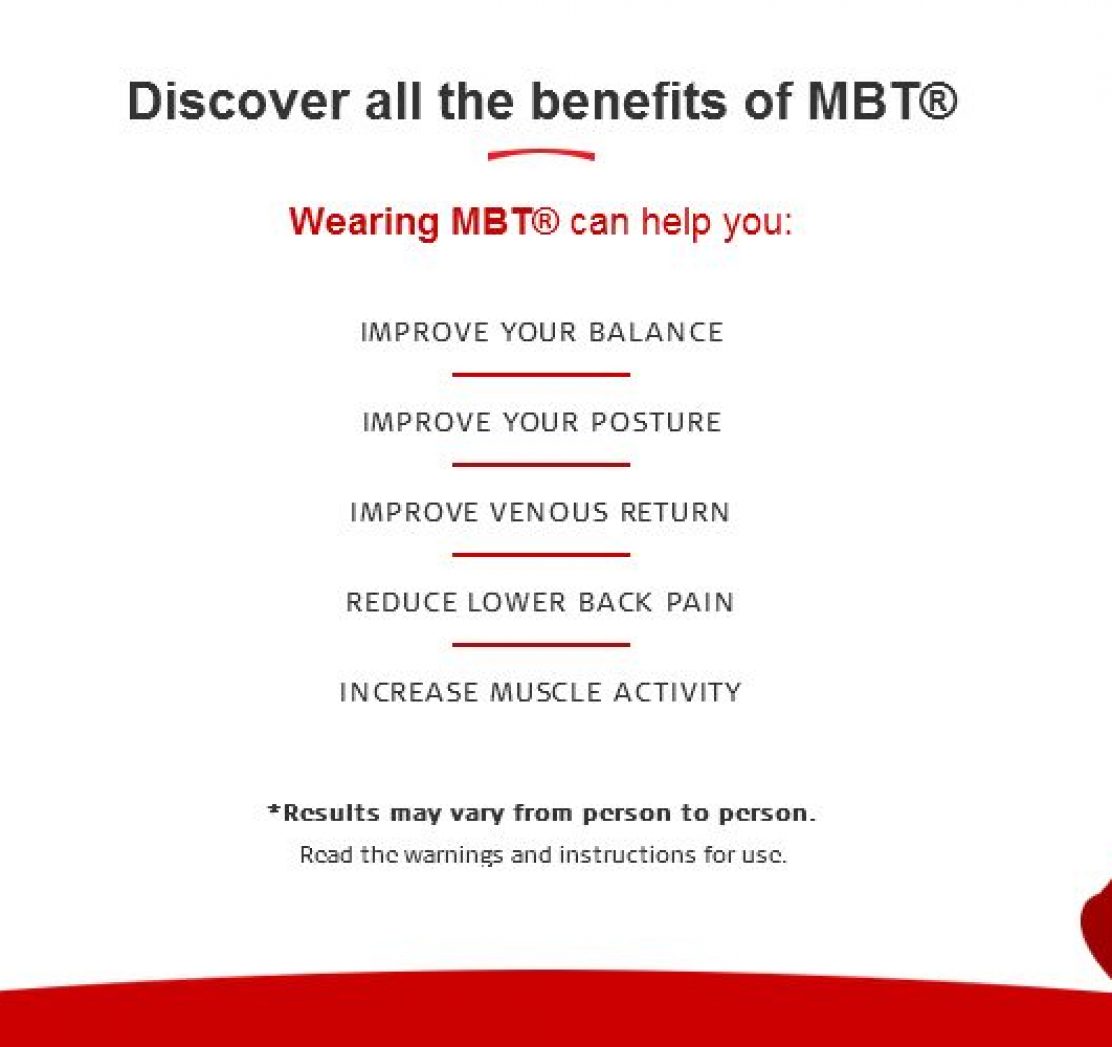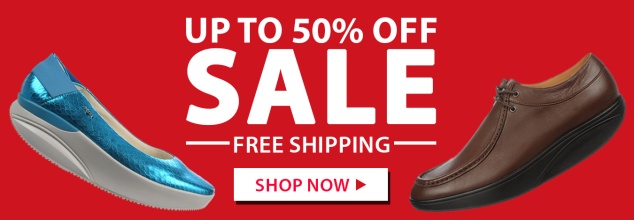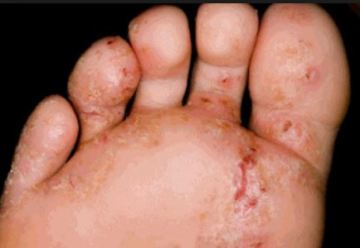
“Your feet are your foundation.” We hear it all the time, but what does that mean? Let’s address three basic questions about healthy feet:
- What are some common foot issues in athletes?
- How do your feet impact the rest of your body?
- How do you strengthen your feet and prevent injuries?
Lets know a few Common Foot problems or Injuries first. If your feet aren’t well cared for, bad things happen. In athletes, problems most frequently arise from overuse.
- Turf toe: A common condition caused by repeated hyperextension of the big toe. It is most common in people who wear lightweight shoes or who hyperextend their big toe frequently during repeated actions.
- Bunions: Often associated with over-pronation. This condition is also known as “Old Lady Toe,” and is characterized by angulation of the big toe towards the other toes. You may experience tenderness, pain, and inflammation.
- Stress fractures: Tend to occur in the second and third toes, and are characterized by swelling and pain on the top of the foot. Poor diet combined with over training is one of the most common causes of stress fractures.
- Plantar fasciitis: Inflammation and micro-tearing of the fascia. Plantar fasciitis may be caused by repeated stresses like running and jumping. Tight calf muscles and weak supporting musculature in the foot can put you at higher risk.
Whether you’re a newbie or an advanced marathoner, you’ve probably learned that injuries come with the territory. Scientists have blamed everything from running too much to being overweight to having bad form. On that last point—bad form—the thinking has been: Land on the balls of your feet first, rather than your heels. But a fresh study says you can be a heel striker and still avoid injuries. The key is how hard you strike the ground. The runners who never got hurt during this two-year study were the ones who landed the lightest. To soften your step, think about landing softly, increase the number of steps you take, or try landing closer to your mid-foot (if you have a history of running injuries).
One of the easiest ways to prevent injuries during your run is to warm up beforehand. But don’t rely solely on stretching. An old study published in “The Journal of Strength and Conditioning Research” found that static stretching before a run can be damaging to your muscles and stamina. Dynamic exercises like lateral lunges, arm circles and wide-stance star jumps will increase your blood flow and heart rate, making your muscles more limber overall and preparing them for your run. When you’re finished, whether it’s a mile or a marathon, be sure to pay as much attention to your feet as you do to your legs during your cool-down. This means stretching your toes and arches the same way you would your calves and quads. Seated arch stretches, foot doming (gripping and releasing the ground with your bare feet) and spelling out the alphabet with your toes help reduce tightness and weakness, which are often the underlying cause of foot injuries.
Being aware of the way you move while running is key to preventing injury. One of the most important things is to know — and control — when, where and how your foot strikes the ground during each part of your gait cycle. This cycle consists of four parts:
- Initial contact with the ground
- Midstance or single support
- Propulsion
- Swing
Focus first on your initial contact with the ground. Many runners, particularly new ones, strike the ground with their heel. But over time, the repeated impact can damage the heel. If you tend to strike the ground heavily with your heel, change to a lighter step and hit the ground somewhere between the edge of your heel and midfoot. Roll forward quickly and keep your ankle lightly flexed, making it easier to spring off your foot. Another mistake new runners tend to make is over pronation, which occurs when your foot rolls inward as it hits the ground. This causes excess stress on your foot and ankle. On the other hand, some runners underpronate, or supinate, which occurs when your foot doesn’t roll in enough. In this case, the majority of the impact is absorbed by the outside of your foot. Ideally, your foot should rotate in about 15 degrees. Good form encompasses the movement of your entire body, not just your feet and legs. The cornerstones of good form are:
* A straight and relaxed back and neck
* Bent arms with movement originating from the shoulders
* Little side-to-side movement in the hips and waist
* A light landing as your foot hits the ground
Focus on one or two things at a time, like keeping your core engaged and your toes pointed forward, and pretty soon those changes will become second nature.
Also pay attention to your stride, the length of your step when running. You want a quick leg turnover and a short stride, meaning your feet land underneath your body. Avoid landing with your feet in front of you because this increases the strain on your knees and hamstrings — and that increases your risk of injury.
Selecting the best pair of running shoes means knowing what kind of feet you have and how their shape affects the way you run. While minimalist shoes are a recent trend in running, if you have high arches or over-pronate, you’ll need shoes with specific support. This helps reduce your risk of injury by making sure your feet have the proper support. Runners with flatter feet tend to over pronate and may require a more supportive shoe to prevent rolling and guide the foot through foot strike. It is recommended that runners who over-pronate wear shoes with extra stability, while those who supinate choose neutral or universal shoes. If there’s deviation from that, choose a shoe with some degree of stability to help maintain correct foot positioning. But what does that mean? Most stabilizing running shoes have a wedge of firmer material in the midsole that the foot rolls into. Different shoes will have different-size wedges and may have other features that increase the stiffness of the shoe, so try several pairs on before committing. Feet that supinate have other needs. It is recommended that these runners choose an unsupported shoe with either cushioning or flexibility. The cushioning protects the finer bones in the foot and flexibility ensures there is no artificial restriction on the movement of the foot.
By analyzing your foot shape and structure, you can make more informed decisions about the shoes you need. One of the simplest ways to do this is with the wet test. Get your feet wet, and then walk normally on a piece of paper. A normal foot, one in which the arch is neither flat nor high, has a wide band along the outside connecting the ball of the foot and the heel. In contrast, if you have a flat foot, you’ll see a print of your entire sole. And if you have a high arch, you’ll see a band that’s very narrow to nonexistent. You can also talk to a footwear expert at a sporting goods store. They often analyze people’s gaits using video and can provide helpful tips based on what they see. Look at the wear on an old pair of running shoes. Place the shoes side by side on a table, with the toes pointing towards you. Look at the shoes from eye level. If either or both lean noticeably inward, you likely pronate. Keep in mind that many runners who develop plantar fasciitis have to change their shoe type to treat it. A common underlying factor of plantar fasciitis is muscle weakness. Plantar fasciitis can arise from shoes that have too much support, which restricts the foot’s natural movement and ability to protect itself. Or it can occur if your shoe has a large, built-up heel, which prevents the plantar fascia moving, loading and absorbing impact properly. This can in itself make the fascia tight and shortened, which can exacerbate the issue. Never take your feet for granted. Always think of them as a tool that you can work hard.
Have you ever been sidelined by a running or sports injury? How did your recovery go? What did you do to prevent future ones? What does you running warm-up and cool down look like? Have you ever tested your feet to see if you underpronate or overpronate? When was the last time you bought new running shoes? What factors did you consider? Share your thoughts and stories with us.
Article is posted by MBT Physiological Footwear.










